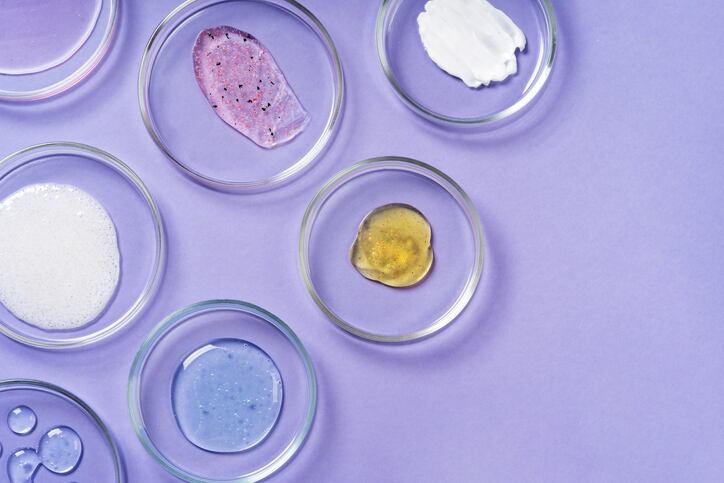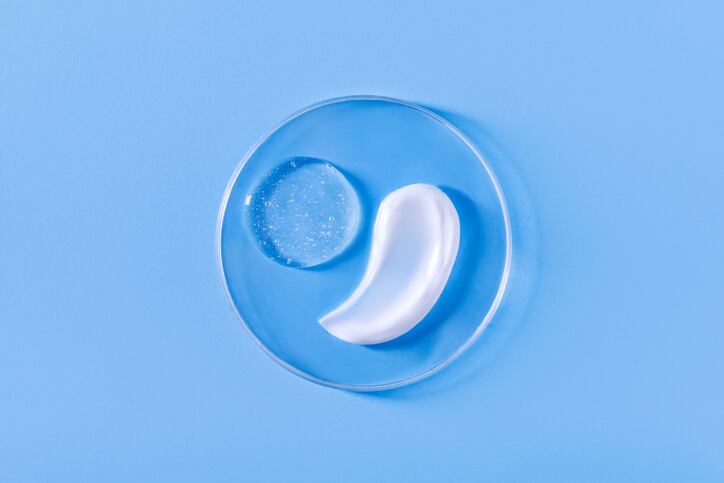Green beauty had certainly made its mark in recent years. Highlighted as one of CosmeticsDesign-Europe’s top trends to watch in 2021, plenty of brands had already jumped aboard. But despite a wave of green innovation across packaging, transport, processing, overall carbon footprint and ingredients, widespread uptake of green raw materials and ingredients remained slow in beauty, according to Ecovia Intelligence.
So, why were adoption rates lagging? And how could this be overturned? A panel of senior executives from some of Europe’s leading specialty suppliers discussed this at last month’s Sustainable Cosmetics Summit in Paris, France, organised by Ecovia Intelligence.
Cost, cost, cost
Marie Sanson, marketing manager for consumer care at Swiss specialty chemicals major Clariant, said: “One of the aspects we haven’t mentioned, I think, is cost.”
Using natural ingredients and greener processes, Sanson said, “obviously has a cost”.
And particularly in the current cost-of-living crisis, where consumers had to make more conscious decisions, brands were perhaps focused on keeping final product prices lower. Considering the entire beauty supply chain, though, she said cost was something that could be tackled via “innovation processes”.
Wilfried Petersen, global director of sustainability at German specialty chemicals major Evonik, said innovation was certainly the way forward, noting it would be “a mistake” to wait for consumers to create demand.
“We have to take action, and do it anyway, and explain to our consumer why things are necessary and why things come at an extra cost,” Petersen said.
Communication and formulations
Doing so, he said it would firstly be important industry distinguished between green ingredients and sustainable ingredients, because these were “not always the same”. It would then be crucial manufacturers and brands communicated clearly to consumers, he said. “Generally, the more complicated it is to explain to consumers the benefits, the less the consumer will be willing to pay a premium on it.”
“…The acceptance of sustainable supply chains and sustainable ingredients is first in the supply chain and then has to move over to the consumer. And the artwork is to make it understandable to consumers,” Petersen said.
Frederic Niola, global innovation director at US natural raw materials specialist Cargill Beauty, said it was also about formulators, manufacturers and brands considering the broader cost of overall formulations, beyond just ingredients.
Perhaps, Niola said, industry ought to consider working more with functional green ingredients that offered “active benefits as well”, enabling shorter ingredient decks and thus cost savings.
Sanson said this was where luxury brands would be important, because they had the spending power to include these new green technologies and ingredients and ultimately make them more affordable for other brands.
Industry-wide harmonisation
Yann Raoul, collaborative projects specialist at Belgian oleochemicals specialist Oleon, said driving uptake of green materials would also rely on wider supply-level communication and aligned thinking.
“I think it’s particularly important that we design together what we think the sustainable cosmetic world should be, moving forwards. And the more we communicate and manage to align and harmonise systems – there’s been a lot of debate around that – the better it will be,” Raoul said.
It would be key to have “requirements that make good common sense” for green raw materials and ingredients, amongst suppliers but also worldwide across the entire beauty and personal care industry, he said. And this was not the case today, which was “making innovation more and more difficult”, he said.
Looking ahead, Petersen said that, no matter what industry did, it would be government-level “rules laid out” that would drive wider, longer-term uptake of green raw materials and ingredients, in beauty and beyond. So, in the meantime, he said suppliers and brands had to prepare for “a future where more sustainable ingredients will be used”.




